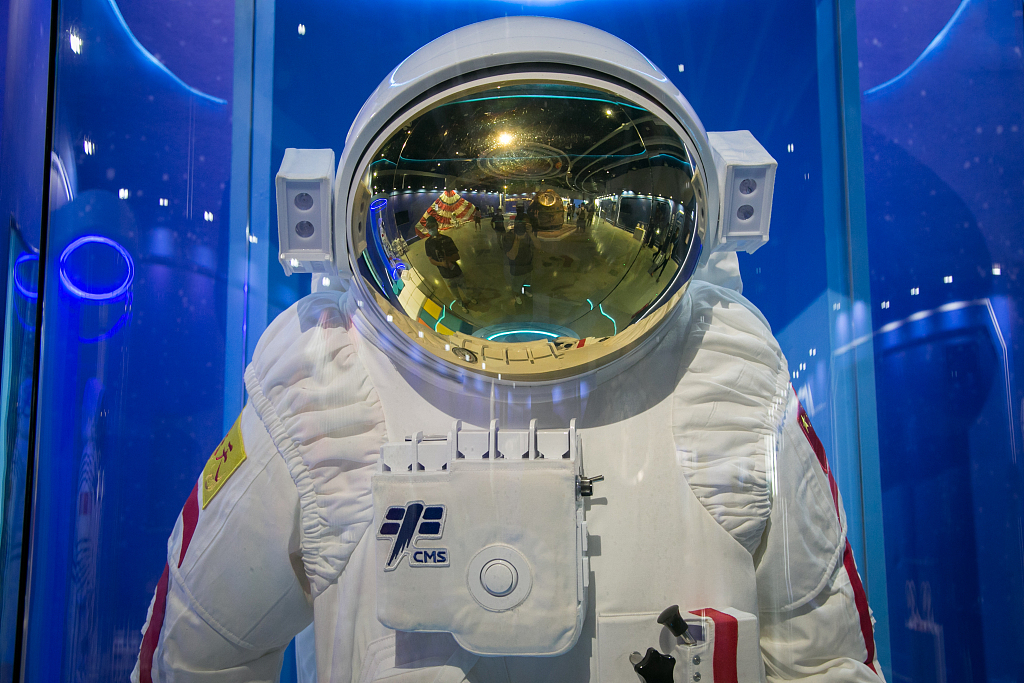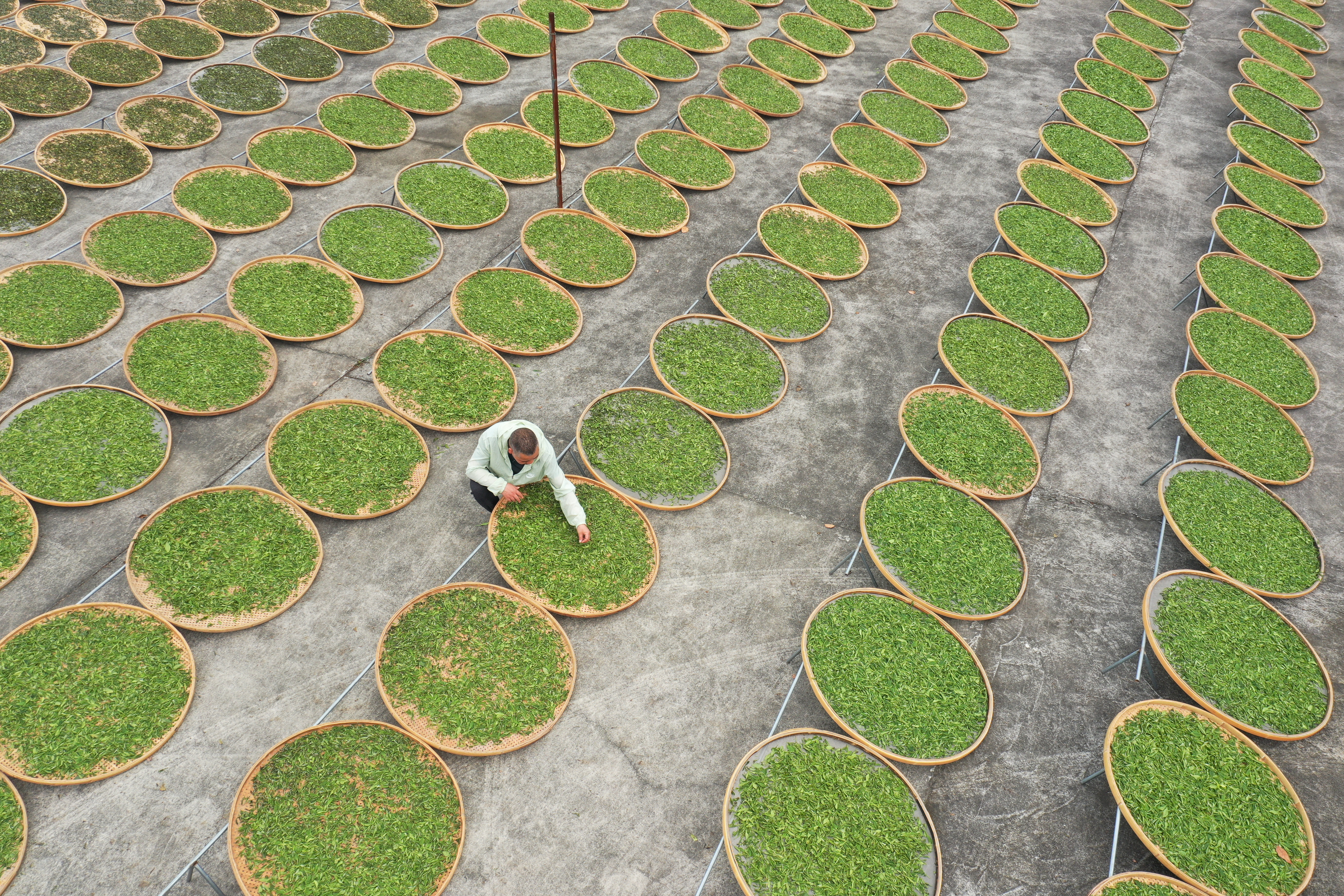What's Special about Chinese Feitian Spacesuit

Chinese Feitian Spacesuit exhibited in Beijing Science Center. (PHOTO: VCG)
By Tang Zhexiao
Supported by self-developed spacesuits, taikonauts Chen Dong and Liu Yang launched their spacewalk on September 17, completing all extravehicular activities (EVAs) outside China's space station and the newly-launched Wentian lab module.
Literally and separately meaning "flying" and "sky" in Mandarin, Feitian,the second-generation extravehicular spacesuit, is a micro manned spacecraft and it acts as the armor for astronauts to perform EVAs.
After being charged with the applicable pressure, it can protect the taikonauts' life by resisting high and low temperatures and strong radiation in outer space.
Utilizing a bionic structure, designers use air-tight bearings at the joints of the upper and lower limbs, to make it move and rotate with body actions, according to Liao Qianfang, chief designer of the EVA spacesuit at the China Astronaut Center.
To demonstrate the suits' dexterity during the R&D and testing satage, the researcher wearing Feitian was able to grab a stick measuring a few millimeters.
Weighing 130 kg, the suit can be adjusted to fit each individual taikonaut, from 1.6 meters to 1.8 meters tall.
As the lifeline of astronauts, the tether is a rope connecting spacesuits to the spacecraft.
With the help of two orange tethers on the suit, of which the pulled weight can reach one ton, taikonauts can move and climb outside space station by repeated hooking.
Another special design is reflectors on the suit's gloves. Taikonauts usually observe the equipment via viewing window, which has a blind spot. Through the reflector, astronauts can see a positive image of device parameters on their chest equipment, making operation much easier.


